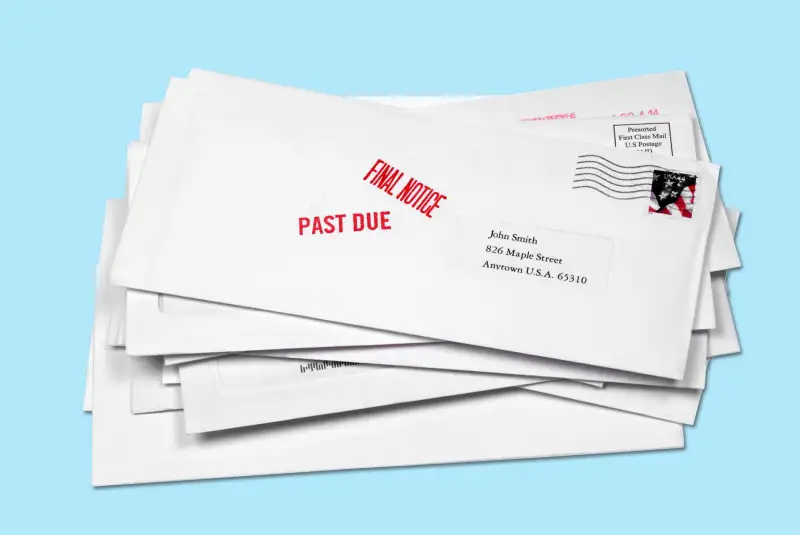Program to Help Student Loan Borrowers Fails Many Who Need It Most

For the 8 million federal student loan borrowers whose loans are in default, a process called rehabilitation might seem like a perfect solution. It allows borrowers to get out of default and back on track by making nine monthly payments of as little as $5 over a 10-month period—and also wipes the stain off their credit reports.
At least, that's how it's supposed to work.
Unfortunately, a new report from the Consumer Financial Protection Bureau (CFPB) projects that one in three rehabilitated student loan borrowers will re-default in the next two years because of debt collection and loan servicing problems.
That translates to more than 220,000 borrowers out of the 650,000 who rehabilitated a defaulted federal student loan last year.
What's more, borrowers can rehabilitate their loans only once, making it much harder for those who relapse into default to get back into good credit standing.
“The consumer protections promised under federal law should make it nearly impossible for the most vulnerable consumers to be trapped in default. Today’s report shows that far too many of these borrowers continue to fall through the cracks of a flawed student loan system," CFPB Director Richard Cordray said in a statement.
From thousands of student loan complaints, the report identified a range of obstacles that keep defaulted borrowers from getting into an affordable, income-driven repayment plan (IDR) that would set their monthly payments as low as 10% of their disposable income. The bureau cited problems with payment processing, billing, customer service, borrower communications, and enrollment in the income-driven plans.
The CFPB is calling on policymakers and the loan servicing industry to take immediate action to address these problems and simplify the process for borrowers.
While debt collectors in the rehabilitation program are already required to provide consumers with counseling about IDRs, according to a National Consumer Law Center statement, it's unclear how often that happens.
“The CFPB report confirms one of our greatest fears—that the implementation of programs designed to help student loan borrowers may actually put them in a worse position,” said attorney Persis Yu, director of National Consumer Law Center’s Student Loan Borrower Assistance Project.
Borrowers can explore more options to pay off their loans with the CFPB's Repay Student Debt tool.